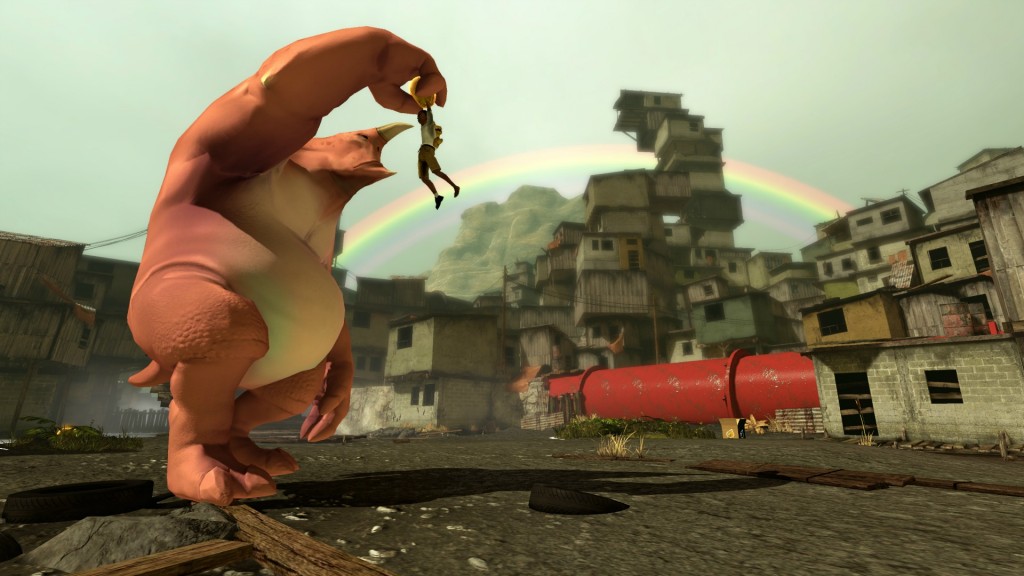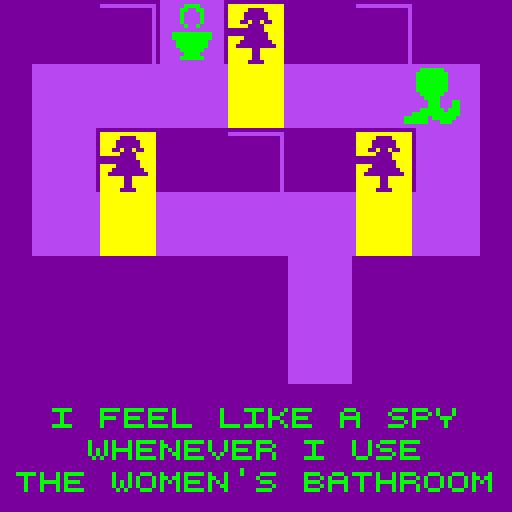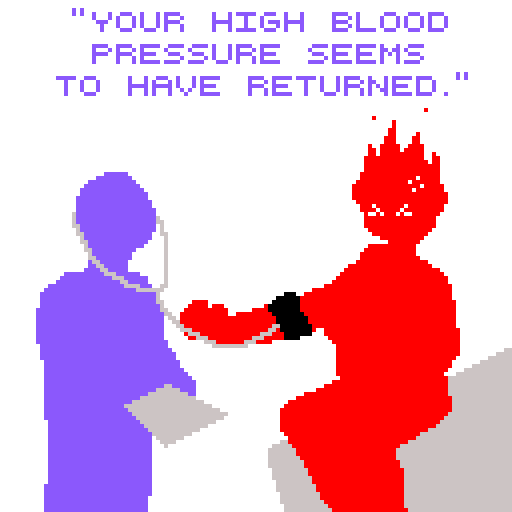This article is part of a collaboration with iQ by Intel.
A niche genre of videogames hopes to inspire players to walk a mile in someone else’s shoes, leading to an important discussion about how players experience empathy. Biofeedback videogames feed off players’ physiological responses, impacting gameplay in new and interesting ways. But what happens when developers create games designed to evoke a specific emotional or psychological response?
Empathy games attempt to answer that question. These videogames aspire to enhance a player’s understanding of an outside perspective, particularly those pertaining to real-world struggles and inequalities, through interactive experiences.
“You have to start with, ‘I want to take someone on an emotional journey. What is that emotional journey?’” Vander Caballero, Creative Director at Minority Media said about the development of empathy games in an interview with Gamasutra. “Then the question is, ‘what can I bring to someone’s life that’s going to be important and meaningful for them, a lesson that will help people in their life?’” he said.

In 2012, Caballero, used the term “empathy game” to describe the conceptual underpinnings of his company’s game Papo & Yo, which told the story of a Brazilian boy growing up with an alcoholic and abusive father. That same year, personal and autobiographical games began garnering attention from wider audiences with titles like Cart Life and Dys4ia giving the genre an overall boost.
The rise of the empathy game genre, however, brings up some interesting issues surrounding players’ psychological responses to these games, and how exactly people should go about playing them.
Clinical psychologist and Intel research scientist Margaret Morris studies how technology can cultivate interpersonal connectedness. She described two types of empathetic responses: the first is physically feeling what someone else feels and the second is seeing from that other person’s perspective.
It is possible to measure whether games engender either response. In the case of physiological empathy, Morris would ask, “Does the player’s respiration rate or body posture start to mimic the person or character they’re trying to engage with in a game?”
Or, in the case of perspective taking, Morris would ask, “Does a player describe the character differently?” “Does the player describe the character’s struggles and goals with more specificity extent after playing?”
Most videogames that strive to forge empathetic connections between players and subjects rely on this method of perspective taking. Encouraging perspective-taking in a videogame isn’t always easy, and many game developers struggle to get players to form true emotional connections with the characters and storylines.
Anna Anthropy, creator of Dys4ia, an autobiographical tale about the decision to begin hormone replacement therapy as a trans woman, has been both an empathy game pioneer and one of the genre’s staunchest critics. Anthropy played with the concept of perspective-taking during a gallery show at Babycastles in New York City, where one of her pieces was simply titled “Empathy Game.”

In “Empathy Game,” players literally walk in Anthropy’s shoes. Aside from donning a pair of her old boots and strolling around the gallery, participants were also encouraged to record on a chalkboard their “high scores” for distance walked—leaving ample room for them to lie about how far they actually travelled.
This is a common question when assessing the genre’s success: Do the players invest in the game’s storyline or are they more concerned with beating levels and achieving a top score?
“It seems like the people with the greatest investment in the ‘empathy game’ label are the ones with the most privilege and the least amount of willingness to improve themselves,” Anthropy said, noting many of the empathy game’s conceits in a recent blog post.
For one, the focus on player takeaways and outcomes often outweighs consideration for the artist’s intent, a particularly vexing practice in the context of autobiography. Many applaud empathy games for the stories they bring attention to, but the long-term impact of such brief mediated experiences in terms of changing player behavior still proves questionable.
While “Empathy Game” comes off as a biting critique of the categorical label it’s named after, it isn’t cynical about the power that games have to create meaningful or educational experiences. Rather, the piece questions the sometimes superficial rewards and self-applying merit badges players win for merely sympathizing with someone else’s struggle.
Morris notes that ultimately it is important that games motivate supportive action, not just empathy. “Real world” actions are the most important outcome measures.

Anthropy’s sequel to Dys4ia sheds some light on how much has and hasn’t changed since people first started talking about empathy games. Shortly after returning home from her New York show, Anthropy was struck by a car while using a crosswalk. She made a game about the experience and its immediate aftermath called Ohmygod Are You Alright?, billing it as the sequel to Dys4ia.
The mostly text-based Ohmygod grapples with heavy concepts such as trauma, anxiety and empathy – with a direct, autobiographical voice. The game also brings full circle the empathetic potential of games and the problematic way “empathy games” can be inserted as stand-in solutions to real world issues.

Still, the period of time since Dys4ia was first released has been an important one. While many believed the seeds of empathy would already have sprouted and borne fruit, Anthropy’s Ohmygod instead illustrates absences: absence of a supportive community, absence of health insurance, absence of financial stability, etc.
Many players have profound experiences when they play Dys4ia and games like it. But Ohmygod serves as a potent reminder that after a player is done walking in Anthropy’s boots and exits the game, there’s a lot more to do before crossing the street.
